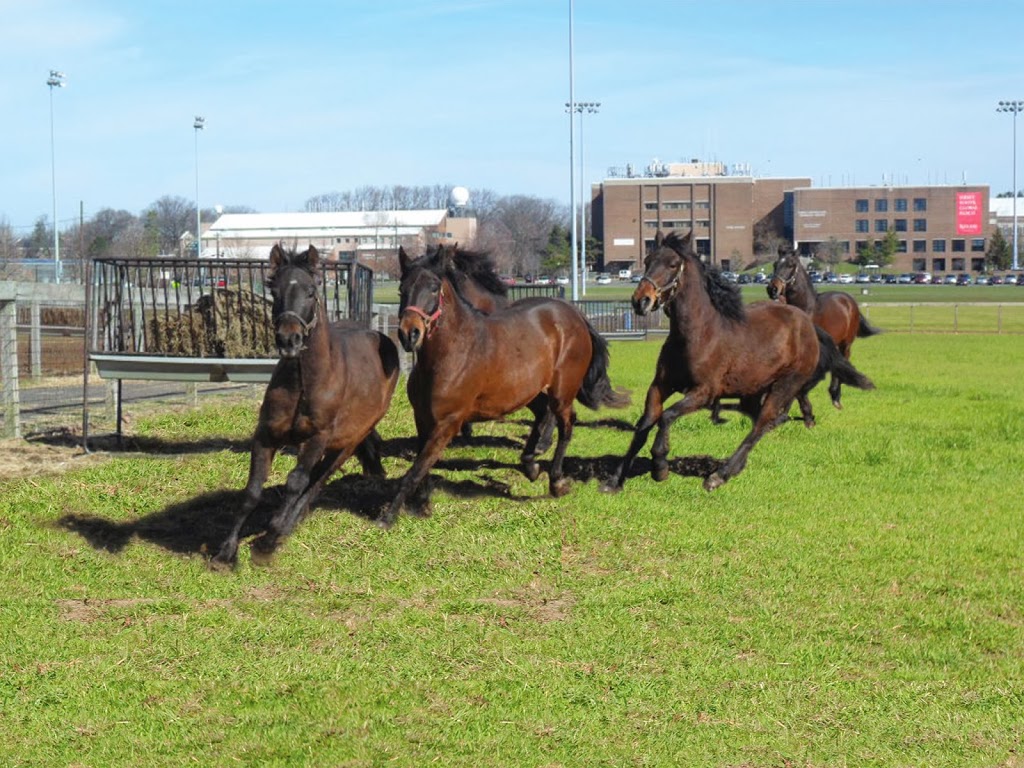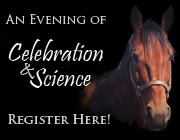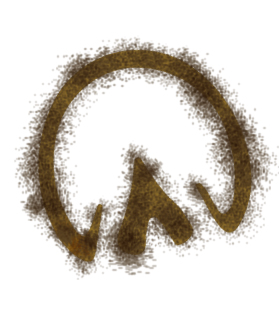Today is a great day because I am going to share with you some super cool science. Recently, a team of scientists at Rutgers studied different grasses and their qualities in horse pastures. You probably are saying, “Yea, so what? Scientists study at a lot of stuff; what’s the big deal about grass?” Well, I am excited to tell you what scientists have discovered, that will help you A LOT, just by staring at grass! What is even more exciting is that you can hear all about preserving and maximizing your pasture grass at the Equine Science Center’s special event “Evening of Celebration and Science” on November 19! Register NOW!!
 The Center funded this research project that set out to compare different pasture grasses (cultivars) in terms of 1) Durability, 2) Wear and 3) Abrasion. Can you guess how scientists created a study that could measure how grass reacts to constantly being stepped on by horses? No, they did not set up lawn chairs at a barn over the summer and sip lemonade while watching how many times horses walked around their fields. They did something WAY cooler! Scientists CREATED a machine that simulated a horse stepping on grass! How cool is that!? The reason this method is much better (although they couldn’t work on their suntans!) is because scientists could speed up the process of horses walking around a pasture and see how grass reacts to “high traffic” (many horses) walking all over it for a long time.
The Center funded this research project that set out to compare different pasture grasses (cultivars) in terms of 1) Durability, 2) Wear and 3) Abrasion. Can you guess how scientists created a study that could measure how grass reacts to constantly being stepped on by horses? No, they did not set up lawn chairs at a barn over the summer and sip lemonade while watching how many times horses walked around their fields. They did something WAY cooler! Scientists CREATED a machine that simulated a horse stepping on grass! How cool is that!? The reason this method is much better (although they couldn’t work on their suntans!) is because scientists could speed up the process of horses walking around a pasture and see how grass reacts to “high traffic” (many horses) walking all over it for a long time.
I think being a scientist is the best job in the world! You get to create, learn, discover, teach AND change the world around you all in one job! Scientists in this pasture grass study created a mechanical “horse” that “walked” around on different plots of grass; learned that different grasses were better suited for horse pastures because they were stronger and grew faster; discovered which types of grasses were the “best in class” and which combinations of grasses would be the best for a horse pasture; teach that in the long-term Kentucky bluegrass and combinations of Kentucky bluegrass, orchard grass and tall fescue are the most sustainable options for horse pasture; and change the way that people are seeding their pastures, which will help farm operators save money!
By choosing Kentucky bluegrass or mixing it with orchard grass and tall fescue, farm owners may improve their pasture’s quality by increasing the amount of grass that grows, reducing soil erosion and increasing overall pasture sustainability. Of course, implementing best management practices such as rotational grazing, sacrifice lots and mowing schedules also help to keep pastures ready for a galloping herd! Want more info on the cultivar research? Check out page 14 of our Annual Report!
This is only one of the many topics that our faculty will share with you during “An Evening of Celebration and Science!” You will not want to miss this event on November 19! We will jump-start the holiday season by showcasing the best science of the year, presenting awards, and surprising our guests with something you will never expect…
I hope to see you there!
Your Pal,


